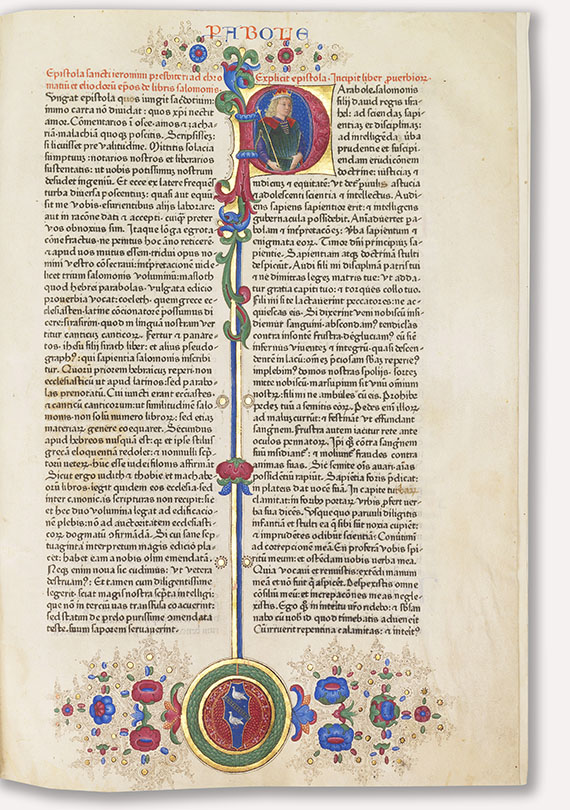Dictionary


Baroque
The term "baroque" is thought to derive from the Portuguese word "barocco", meaning "irregularly shaped pearl" (or the Italian word "parrucca" - wig).
The word "baroque" later came to mean strange and surprising, and from circa 1750, was frequently used in Italian burlesque literature. Until the 19th century, baroque was used as a general term to describe the strange and bizarre. In the late 19th century, it referred to a style, replacing the hitherto popular name for baroque ornament, the "acanthus style".
The term "baroque" also refers to other epochs (e.g. Greek Baroque or Late Roman Baroque), but more specifically describes the period beginning in 1600 and ending circa 1720-30. Late baroque and rococo refer to the period pre-dating classicism, ending circa 1770-80.
Baroque was less a reaction to Renaissance and Mannerist art, than a continuation of these movements. Their formal language was adopted and deliberately exaggerated, made dynamic and multiplied. This resulted in a dynamic, expansive, luxurious, and dramatic-representative art form, which crossed stylistic boundaries and in its splendour, reflected anti-reformation and absolutism, the dominant cultural ideas of the 17th century.
The Baroque style spread from Italy to France, England, the Netherlands, Spain, and Central Europe. The main exponents of baroque art were Bernini, Carracci and Caravaggio in Italy. Poussin and Lorrain in France, Rubens in Flanders, Rembrandt in Holland, Murillo and Velasquez in Spain, and Elsheimer and the Asam brothers in Germany.
The term "baroque" is thought to derive from the Portuguese word "barocco", meaning "irregularly shaped pearl" (or the Italian word "parrucca" - wig).
The word "baroque" later came to mean strange and surprising, and from circa 1750, was frequently used in Italian burlesque literature. Until the 19th century, baroque was used as a general term to describe the strange and bizarre. In the late 19th century, it referred to a style, replacing the hitherto popular name for baroque ornament, the "acanthus style".
The term "baroque" also refers to other epochs (e.g. Greek Baroque or Late Roman Baroque), but more specifically describes the period beginning in 1600 and ending circa 1720-30. Late baroque and rococo refer to the period pre-dating classicism, ending circa 1770-80.
Baroque was less a reaction to Renaissance and Mannerist art, than a continuation of these movements. Their formal language was adopted and deliberately exaggerated, made dynamic and multiplied. This resulted in a dynamic, expansive, luxurious, and dramatic-representative art form, which crossed stylistic boundaries and in its splendour, reflected anti-reformation and absolutism, the dominant cultural ideas of the 17th century.
The Baroque style spread from Italy to France, England, the Netherlands, Spain, and Central Europe. The main exponents of baroque art were Bernini, Carracci and Caravaggio in Italy. Poussin and Lorrain in France, Rubens in Flanders, Rembrandt in Holland, Murillo and Velasquez in Spain, and Elsheimer and the Asam brothers in Germany.
Offers


